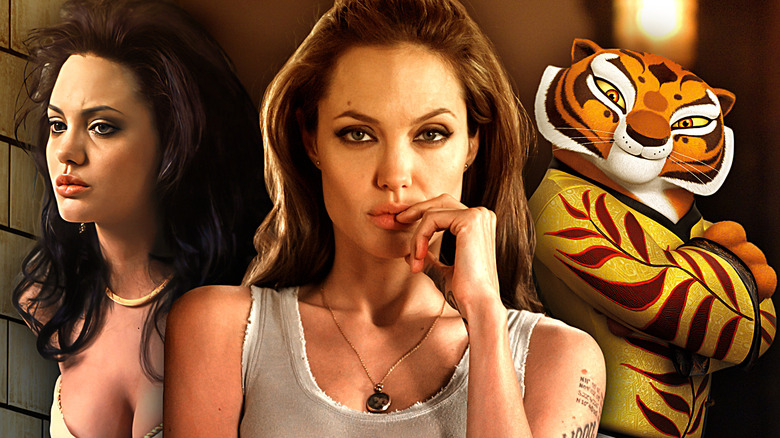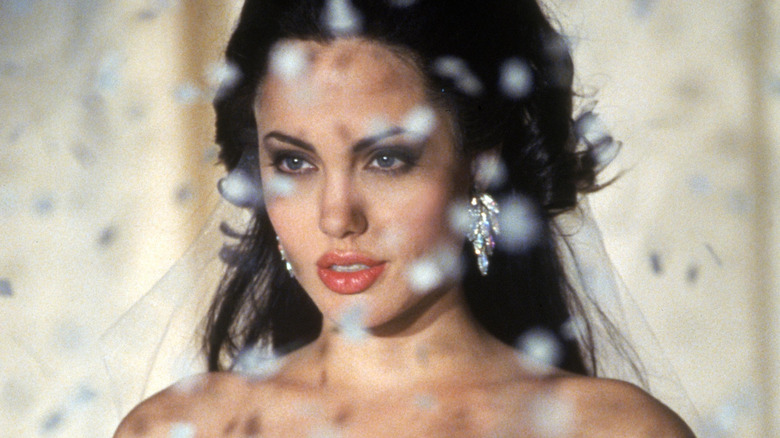Angelina Jolie is one of the most celebrated actors of her generation, and one of Hollywood’s most notable humanitarians. She’s done vitally important work on behalf of refugees for the United Nations, and has also taken up for women’s rights in the third world. She’s an extraordinary person, but it all started with acting — and overcoming the potential stigma of being what the kids nowadays call a “nepo-baby.”
Yes, Angelina Jolie is the daughter of actors Jon Voight and Marcheline Bertrand. Her father was a pivotal actor in the New Hollywood movement of the 1960s and ’70s, starring in such trailblazing films as “Midnight Cowboy,” “Deliverance,” and “Coming Home” (for which he won the Academy Award for Best Actor). Jolie got her first film role alongside her father in Hal Ashby’s ill-fated comedy “Lookin’ to Get Out” in 1982, but didn’t return to movies until 1993 as the lead in the post-apocalyptic sci-fi/action non-classic “Cyborg 2.” She made an impression two years later by donning a pixie cut and playing the online troublemaker “Acid Burn” in “Hackers,” but her big-screen breakthrough wouldn’t come until 1999 when she co-starred opposite Denzel Washington in “The Bone Collector” and played the sociopathic Lisa Rowe to Oscar-winning effect in “Girl, Interrupted.”
Since then, Jolie has become one of the top-paid actors in the industry, and a director with movies like “Unbroken” and “By the Sea” under her belt. But when you try to think of her defining role, what stands out aside from Lisa in “Girl, Interrupted?” According to Rotten Tomatoes, there’s one film that towers over all the others.
Angelina Jolie’s peak performance remains Gia
The cathartic “Girl, Interrupted” might still be Jolie’s most awarded performance to date, but one year prior she turned in a portrayal that still has us gasping.
Michael Cristofer’s “Gia” is a startlingly unvarnished take on the troubled life of supermodel Gia Carangi. Once a burgeoning celebrity and a fashion magazine cover fixture, Carangi lived recklessly, falling wildly in love with a photographer and becoming addicted to drugs like cocaine and heroin. Having whipped up this whirlwind during the 1980s, Carangi was sadly left vulnerable to the rapidly proliferating HIV virus — which did ultimately claim her life at the age of 28.
Rotten Tomatoes has “Gia” ranked at 88% fresh, nine points ahead of her closest live-action performance in “A Mighty Heart” (79% fresh). Unsurprisingly, the “Kung Fu Panda” movies do well at Rotten Tomatoes, but 26 years later “Gia” still feels like something of a defining portrayal for Jolie. At the time, it was the culmination of everything she’d been building toward: fierceness, sadness, and a serrated-edge truthfulness. There’s no safety net in “Gia.” She’s frighteningly unshackled. If you’ve never seen it before, you might finish it today and wonder where the hell that’s been. As a fan of her work, I’m often wondering that, too.










